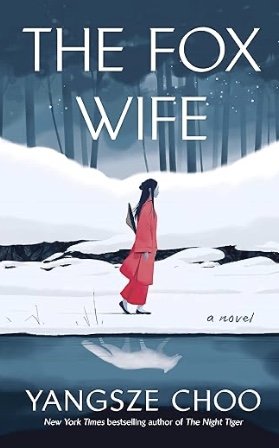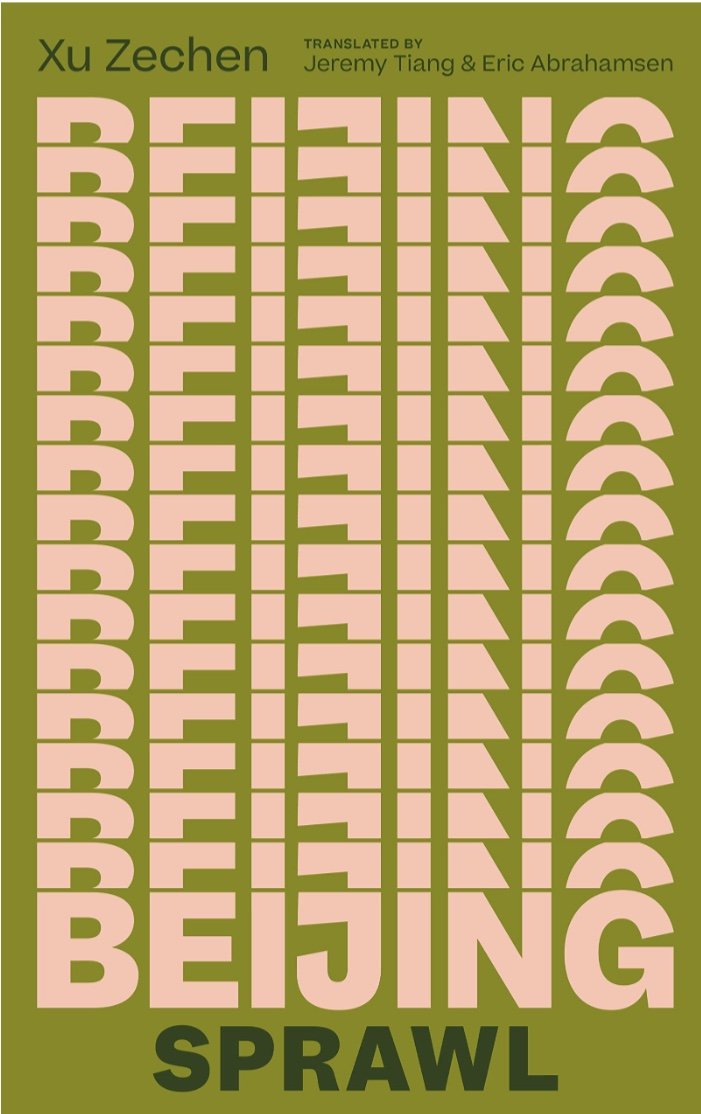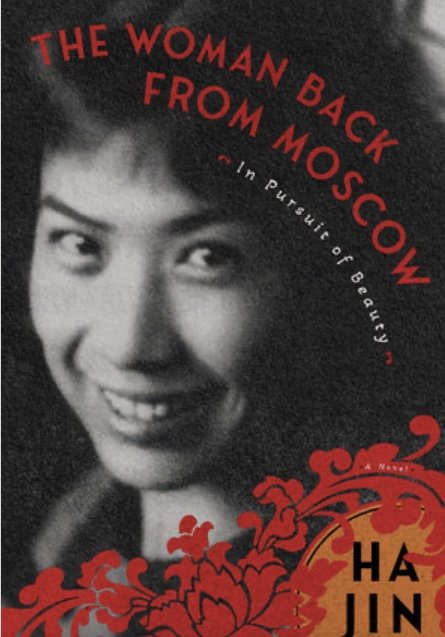The Dark Side : Infamous Japanese Crimes and Criminals by Mark Schreiber (Kodansha International)
Japan has an image of being a very safe country. People say you can leave your bag or wallet on the train and nobody will steal it. The image most people have of Japanese people is that they are very polite. Then along comes Mark Schreiber to dispel many of those myths.
Schreiber is a long-time resident of Japan and has worked as a freelance journalist and translator. His first book was Shocking Crimes of Postwar Japan which was first published in 1996 by Tuttle Publishing.
The Dark Side : Infamous Japanese Crimes and Criminals makes a nice companion piece to his first book. It is based on his series titled Crime and Punishment in Old Japan which he wrote for the Mainichi Daily News, publisher of one of Japan’s English language newspapers.
In this book, Schreiber goes back in time. He starts with the crimes and criminals from the Edo Era (1603-1868) and explains the roots of Japan’s legal system and judiciary process starting with the age of the Shogun, the Tokugawa reign. He takes us through the Meiji Era (1868-1912), the Taisho Era (1912-1226), and ends the book with crime stories from the Showa (1926-1989) and Heisei (1989-2019) Eras. As the book was published in 2001, stories from the Reiwa Era (2019-present) are not included.
According to Schreiber’s research, the roots of Japanese law date back to the Tokugawa era. In 1635, The Shogunate created the Roju, a group of five senior councilors from large fiefdoms, who served the Tokugawa shoguns. Below them was the Hyojosho, a judicial council that included three main departments, the JIsha bugyo which oversaw the Buddhist temples and Shinto shrines. The Kanjo bugyo which was the treasury department, and the Machi bugyo, an office similar to that of the mayor or governor. It was the Machi bugyo that was responsible for ordinary civil and criminal cases.
One of the first criminals in seventeenth century Japan was a man known as Hirai (or Shirai) Gonpachi. He was a member of a low-ranking samurai family but had a very quick temper. A fight broke out between a couple of dogs owned by Gonpachi’s father and another samurai named Honjo Suketaro. The samurai said something offensive to Gonpachi’s father and when Gonpachi learned of that, he became very angry. He forced his way into Suketaro’s home and killed the man with a sword. He then became a fugitive and an outlaw but eventually turned himself in. Of course he was found guilty and sentenced to death. He was only twenty-five.
As with any society, it isn’t only men who are criminals. Feudal Japan had their fair share of women who committed crimes. However, as women were considered second-class citizens, the courts were more lenient with them. They didn’t suffer from branding or flogging. They were usually let off with a kitto shikari, a severe scolding—like a big slap on the hand.
The Meiji Era opened the country to foreigners so it goes without saying that more crimes were committed against the unwanted visitors by nationalistic samurais. However, the Western world was better armed and the Shogunate Era came to an end. The introduction of Western ideas was soon adopted as well. The West helped to change Japan’s feudal legal system. No longer was beheading a punishment for the convicted, nor was the severed head publicly displayed.
The Taisho Era lasted only fifteen years but another problem sprouted for the country during this time. It saw an increase in juvenile crime. However, instead of condemning these youths to death, a man named Kosuke Tomeoka set up a training school and farm in Hokkaido to reform them. His work is similar to Father Edward Flanagan’s creation of Boys Town, official known as Father Flanagan’s Boys’ Home, with its belief that “children had a right to be valued, to have basic necessities of life and to be protected”.
Going into the Showa and Heisei Eras, Schreiber introduces the reader to a few notorious criminals. One of the most famous was Tsutomu Miyazaki. a serial killer who preyed on young girls. Between August 1988 and June 1989, he killed four girls, ages four to seven. After he killed them, he molested their corpses, then dismembered them, and also consumed some of their flesh. He was caught, convicted, and then executed on June 17, 2008.
In the Heisei Era, one of the most abhorrent crimes took place on Tokyo’s busy subway system. Members of the Doomsday Cult, AUM Shinrikyo, led by Shoko Asahara, released sarin gas on three different lines of the Tokyo Metro causing thirteen fatalities and injuring thousands of others. Fortunately, Asahara and most of those responsible for the sarin attacks were caught, tried, and convicted. Asahara was executed by hanging on July 8, 2018.
Japan is currently in the Reiwa Era and one of the most shocking crimes was commited during this period., the assassination of former Prime Minister Shinzo Abe, who was shot and killed on July 8, 2022 in Nara Prefecture during a political event. How could this have happened? Where did the perpetrator get a gun? Why were the secret service so slow to respond? Although the suspect was apprehended, it reinforces the dangers of crime and criminals and the need for precautions against such people.
It doesn’t matter what era, what country or even what religion is invovled. As long as there are people with differing views, conflicts and wars will continue. The wish for World Peace may be an idealistic fantasy but it is something worth striving for. ~Ernie Hoyt



















